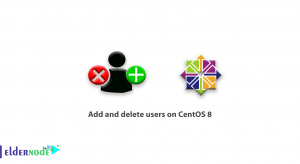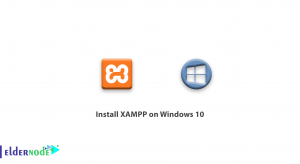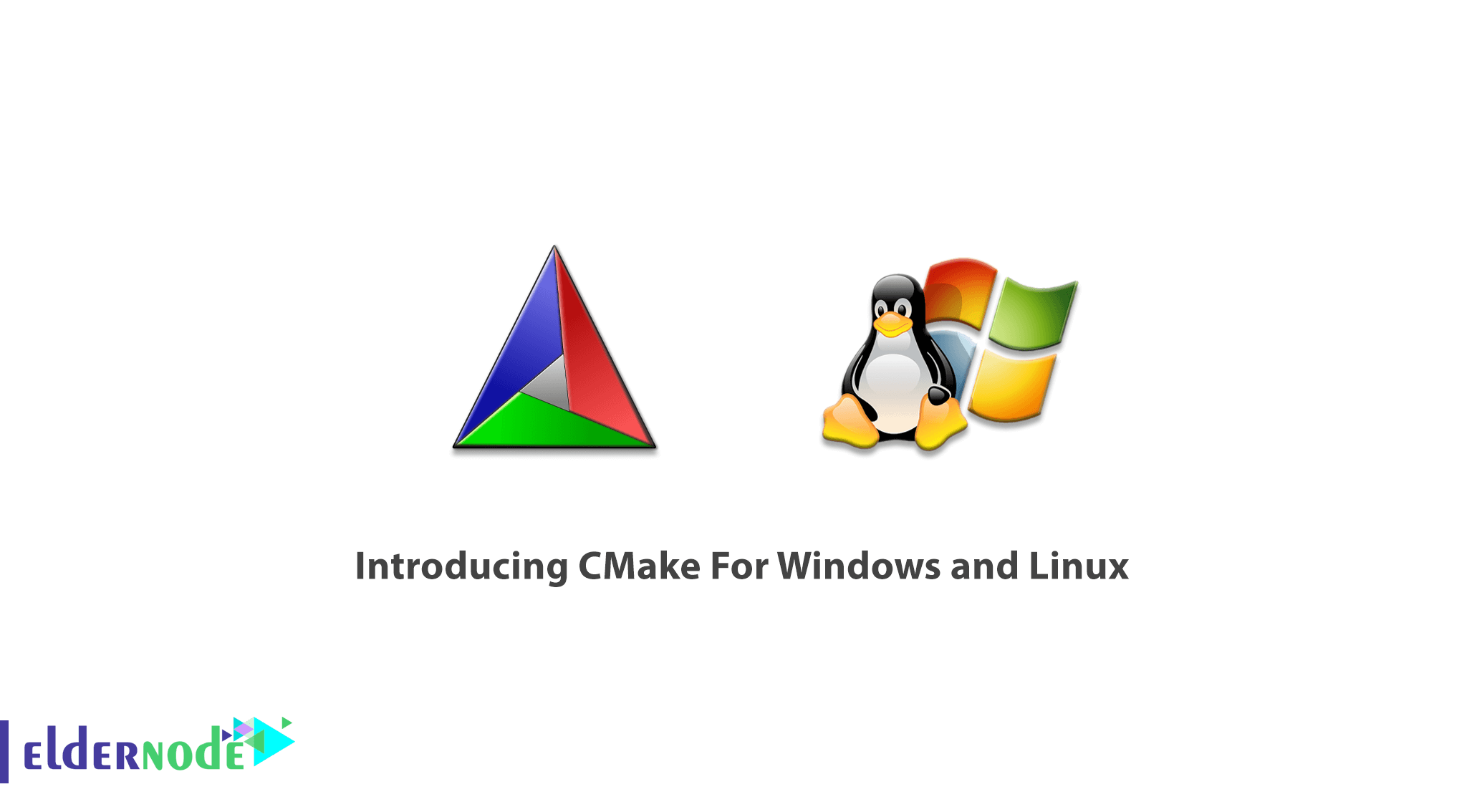
CMake is a software automation program that is independent of the compiler. One of the good features of this program is the support of directory hierarchy. Simply put, CMake is a tool for managing the construction process of your project. You can write your own program and tell CMake where to store sources, headers and other program components such as libraries, and every time you want to build your own program, just ask CMake to do it for you. You no longer need to execute compile and link commands one by one. To change a file, spend your time compiling the whole project and not worry about the directories being neat and tidy. CMake does this. In this article, we try to introduce CMake for Windows and Linux. You can visit the packages available in Eldernode to buy a Linux VPS server or a Windows VPS server.
Table of Contents
CMake For Windows and Linux
CMake is the name of an open-source, multi-platform tool designed to build and test software packages. This program is design to control the compilation process of software projects so that the project can be create on any platform without a specific config file. This program has the task of doing projects regardless of the type of operating system so that you can finally build the project with your favorite compiler.
What is CMake?
CMake is a software automation program that works independently of the compiler. This program can be considering as a software project management tool. Write your program, and then introduce the final build to this tool by introducing the storage of resources, headers, and other program-related libraries so that you do not have to execute all the link commands to change a line of code, for example. CMake can be easily installed on Windows and Linux operating systems. In the next tutorials, we will learn you how to install CMake on Windows and Linux. Please follow our articles.
Cmake features
In this section, we will briefly tell you the features of cmake. These features include:
1- Ability to compile code regardless of the location of the code
2- Ability to compile code on different operating systems
3- Ability to identify the location of files and libraries
4- Dependency management
5- Ability to generate make files for different systems and generate projects for different IDEs
What are the benefits of cmake?
– Allows you to transfer and develop your projects on any IDE. Naturally, you can take advantage of all the features of that development environment. It should be note that development environments such as Visual Studio, Jetbrains CLion, Eclipse and Qt Creator support CMake.
– You can use Cmake as a Cross Platform for any operating system you want to compile operations. Then you can get the output file related to that operating system. This means that you can request Linux executable output on Windows without being on that operating system. This feature can be very helpful in developing embedded software.
– Many open source libraries, including all KDE applications in C/C++, use CMake as the build system. So when you want to use them, you no longer need to know the structure of that library.
– Using Cmake you can check all the environment variables of the system. You can even tell if the specific package you need to compile the program is installed on the system or not? If it is not installed, you can download the package from the Internet with CMake commands and put it in its own place. This feature is suitable for large projects that are highly dependent on other applications.
Introducing CMake For Windows
In this section, we will introduce CMake on Windows. Note that pre-configured binaries on the download page for Windows are available as MSI packages and ZIP files. So you can easily download and build CMake from source. It should be note that the download page also offers source versions.
To build a CMake from a source tree in Windows, you must first install the latest binary version of CMake because it is used to build the source tree. Once you have installed the binary, you need to run it on CMake like any other project. Doing so means selecting CMake as the Source directory and then selecting a binary directory for the resulting executables. In the image below, you can see the Cmake environment in Windows
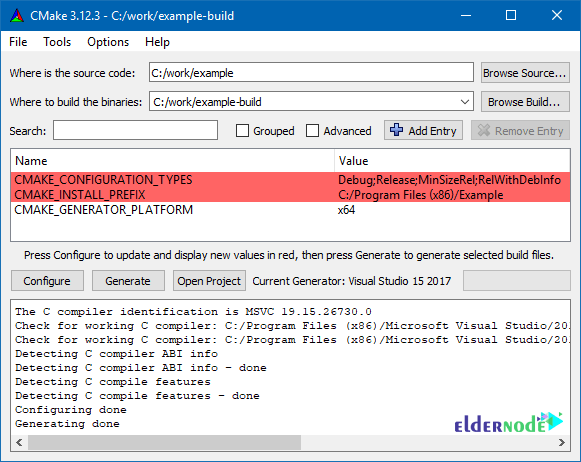
Introducing CMake For Linux
In this section, we will introduce CMake on Linux. Note that pre-configured binaries are available on the download page for some UNIX operating systems. You can also easily download and build CMake from source. The download page offers source versions. In the image below, you can see Cmake in Linux environment.
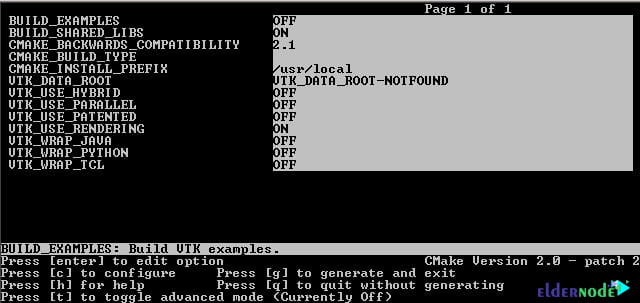
Conclusion
CMake is a tool for managing source code. In other words, CMake is designed as a generator for various Makefile dialects. Nowadays, CMake builds modern build systems such as Ninja, as well as project files for IDEs such as Visual Studio and Xcode. In this article, we tried to introduce you to CMake For Windows and Linux.


